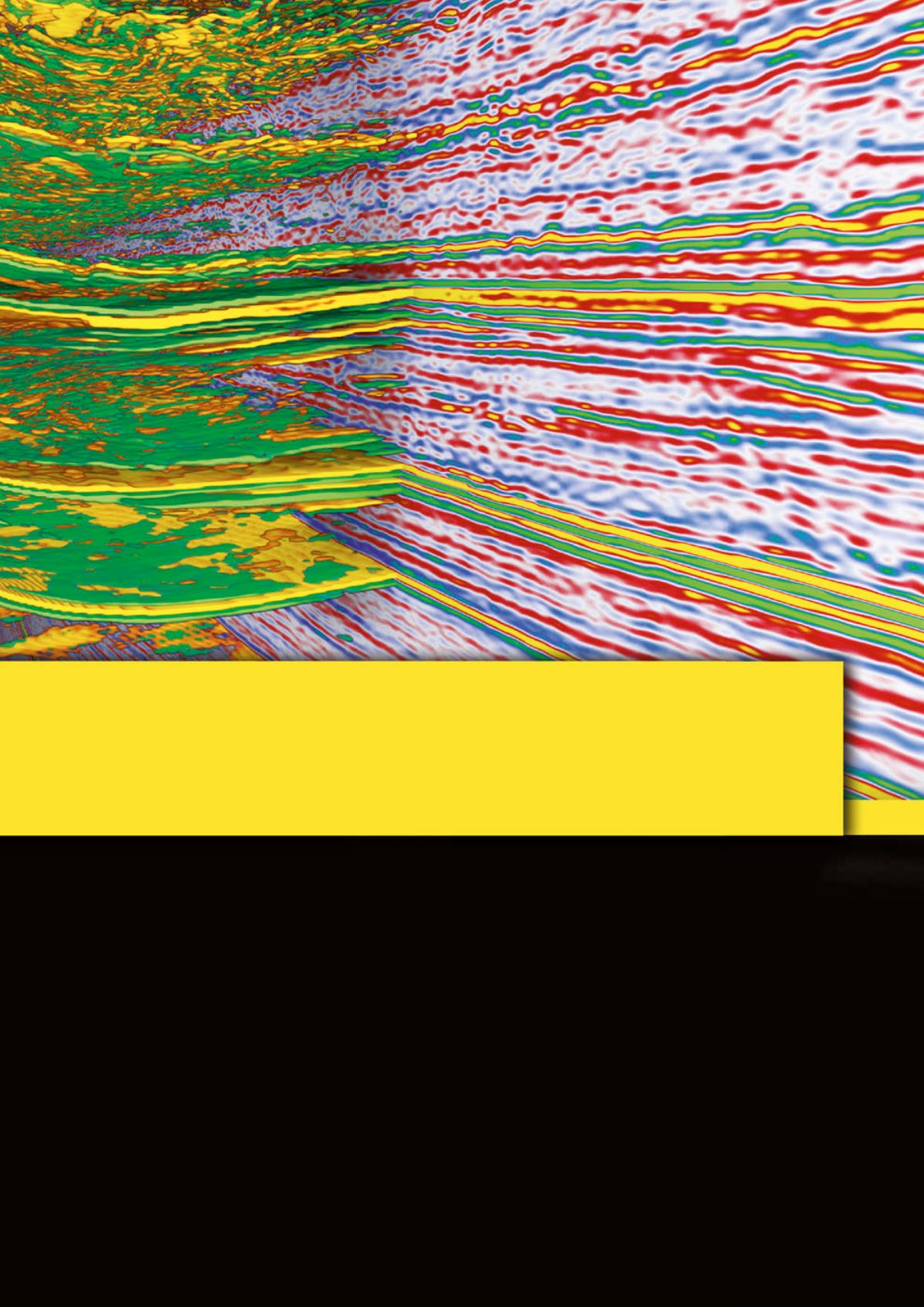
SCIENCE
One of the primary challengeswith innovation in exploration and
production lies in creating applications using today’s technology that can
deliver enough innovation tomeet future needs. Software developers
responsible for creating these applications are under great pressure to
deliver new functionality and solutions as rapidly as possiblewhile avoiding
compromises in the overall quality of the applications, both nowand in the
future. Along those same lines, reluctance to adopt new technology can cause
oil and gas companies to impede their geoscience efforts by limiting the
ability of end users to implement andworkwith advanced exploration and
production approaches and new ideas.
Innovation and exponential growth in computing technology can deliver
the vital computing power needed to commercialise newexploration and
production solutions capable of tackling the challenges of tomorrow. Focusing
on incremental advances to technology is not enough; a game‑changing
algorithm, method or solution can save users hours and days of work,
translating intomajor dollars. Implemented correctly, technology should
serve as a powerful enabler, not an obstacle. And creating future‑proof
applications is possible, but it requires the right technology to achieve the
compute power necessary to support it. With the advent of hybrid computing
andGPU computing, alongwith advancements inworkstation technology,
the acceleration of both computation and visualisation by several orders of
magnitudemakes the integration of computation and visualisation on a single
platforma possibility.
Approaches toachievingbetterdata integrationand
applicationperformance
The amount of data generatedwithin the E&P sector is increasing fast, driven
by business needs. The following are several approaches to achieving optimal
application performance for both current and future needs that can be
implemented using current technology.
Rethinkingsoftware infrastructure
With the average upstreamwell producing one terabyte of production
data every day, oil and gas companies need to implement the software
infrastructure that will allow themto rapidly analyse the data available in order
to take full advantage of all the information. If technology is implemented
correctly, there is no reason for users to have towait to receive feedback from
their software. Instead, theywill be able to analyse data interactively, properly
test one or hundreds of hypotheses on the fly and understand all types of
subsurface data in context. End users need to be able to execute traditional
|
23


